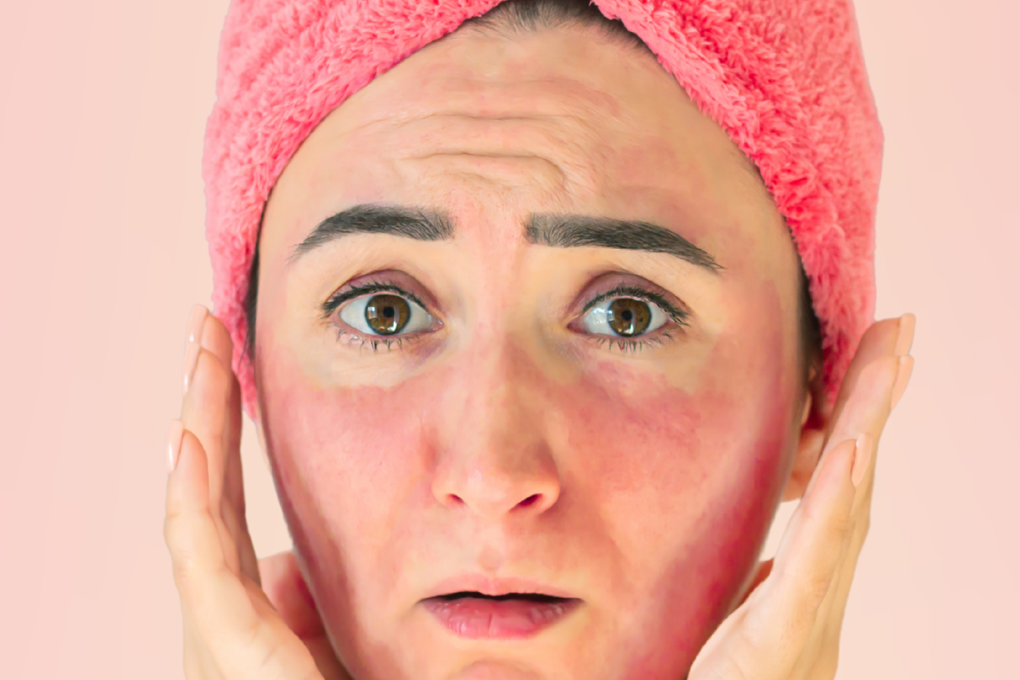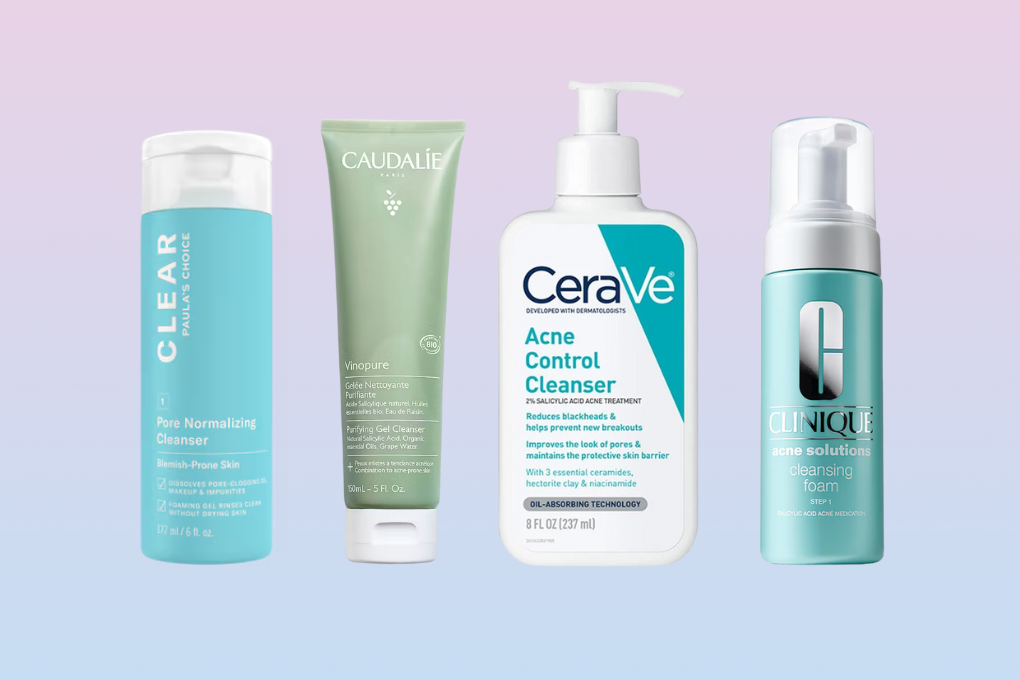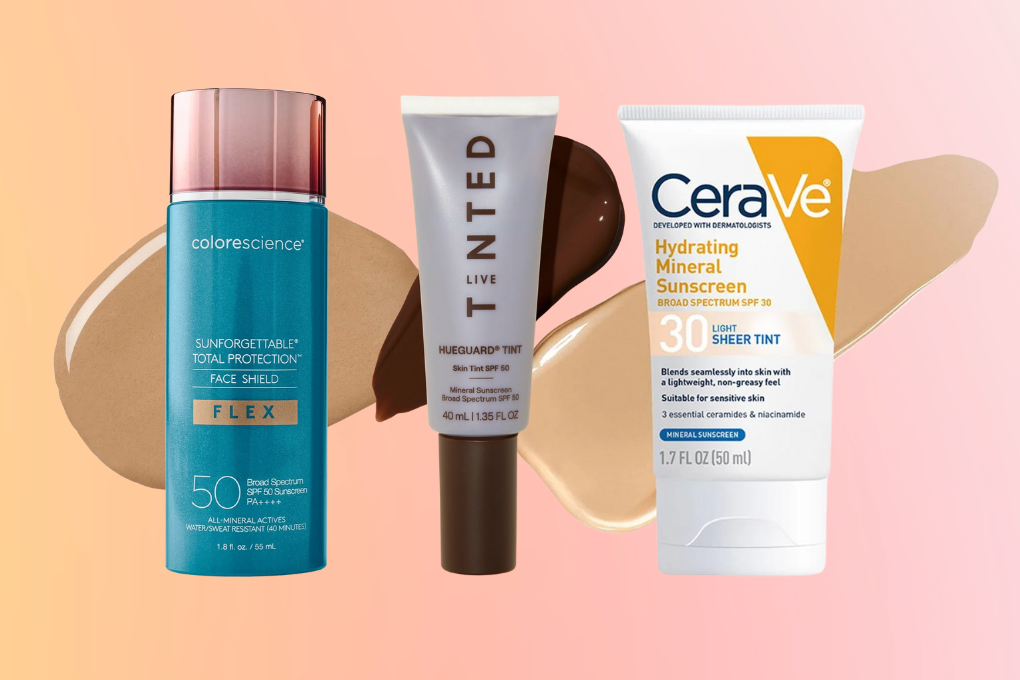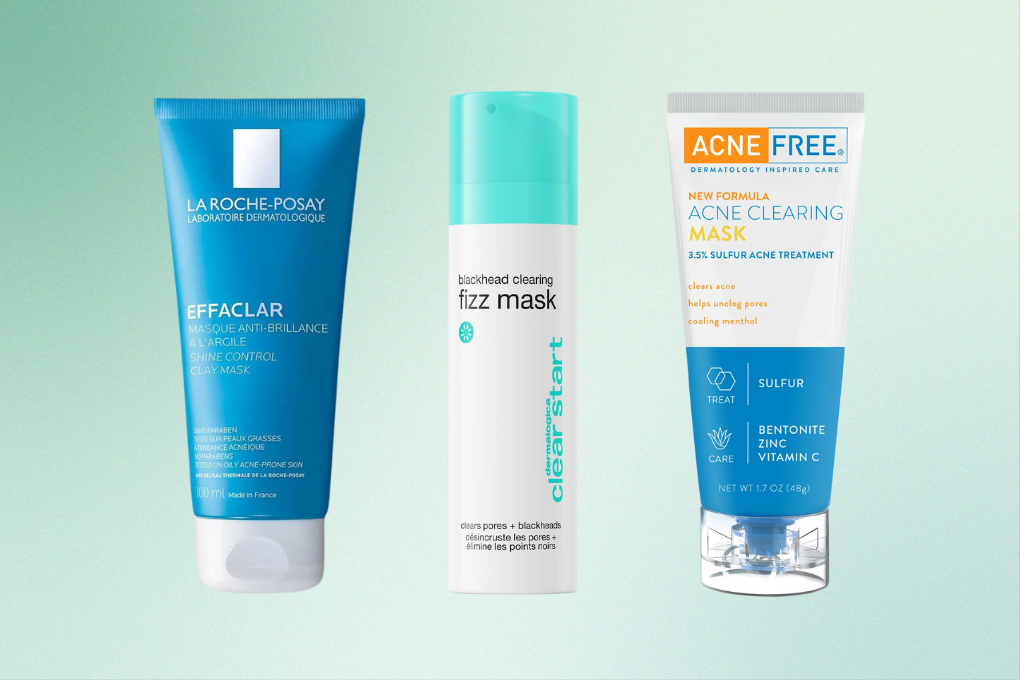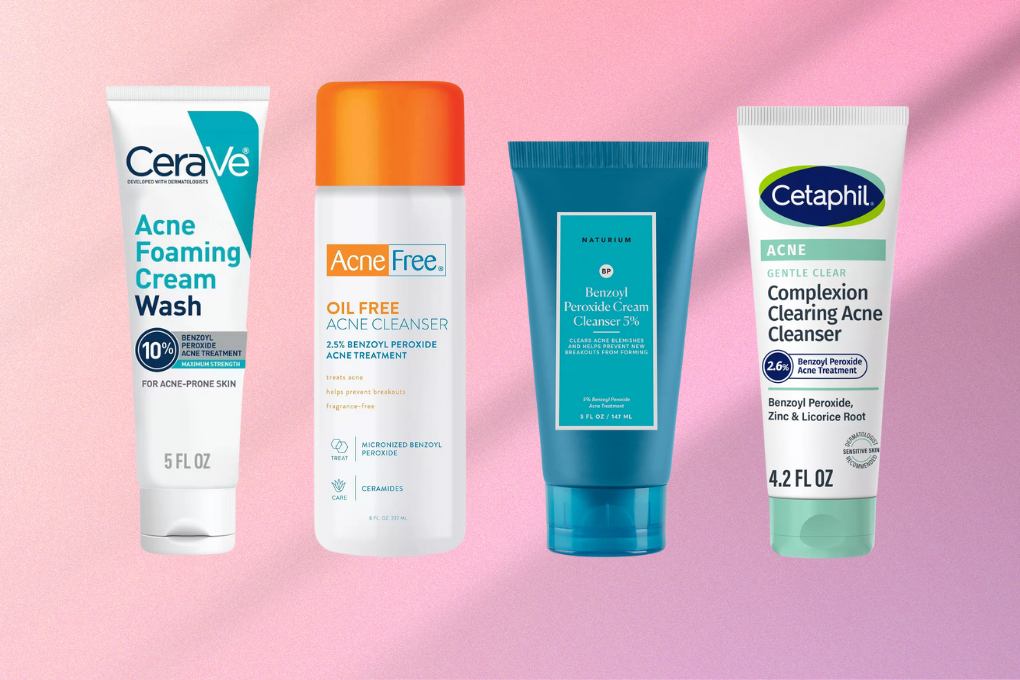Have you ever bought a new skincare product full of hope that this would finally be the product to change your skin only to notice after using it consistently that your breakouts are actually gettin worse? Proper skincare is essential to protect our skin, but some ingredients in products can actually lead to the development of whiteheads, blackheads, inflammatory acne, and other skin issues for some of us.
How Pores Get Clogged
Pores house hair follicles along with a sebaceous gland which produces sebum, an oil that keeps our skin balanced and protected. Sometimes, our sebaceous glands go overboard and produce more sebum than we need, particularly during times of stress or hormonal fluctuations, leading to potential problems.
Dead skin cells, which our skin sheds naturally, can mix with the excess sebum and form a plug within the pore, blocking the natural flow of oils. These blockages create an ideal environment for acne-causing bacteria, such as Cutibacterium acnes, which feed on the oil and can lead to inflammation and acne.
To make matters worse, sometimes our skincare products can contain pore-clogging ingredients that cause or worsen acne.
Some ingredients can essentially trap sebum, dead skin cells, and other debris inside the pores. Others can exacerbate inflammation and irritation, alter your natural sebum production, or cause your skin to swell, constricting pore openings and trapping sebum, dead skin cells, and bacteria inside. They might also disrupt the normal shedding of skin cells or alter your skin’s lipid barrier. All of this can contribute to breakouts.
Pore-Clogging Ingredients
When it comes to skincare, there’s no one-size-fits-all solution, especially regarding ingredients that can clog pores.
The comedogenicity of ingredients in skincare products largely depends on your skin type and the type of ingredient. The concentration of an ingredient and the formulation of the product can also influence how the ingredient interacts with your skin. So, you may find that your skin has a different reaction to the same ingredient but in different products.
Here is a non-exhaustive list of some common ingredients in cosmetics that can cause clogged pores in acne-prone skin:
Oils
When you read ingredients lists, you’ll find that oils are common in skincare products. While your might find some oils beneficial for your individual skin, certain oils might clog your pores due to their specific chemical structure, fatty acid composition, and the presence of other compounds.
Comedogenic oils to avoid include:
- Coconut oil
- Cocoa butter
- Wheat germ oil
- Flaxseed oil
- Avocado oil
Fatty Acids and Their Derivatives
Fatty acids and their derivatives can penetrate into the pores, mixing with sebum and skin cells, contributing to blockages. The reaction to fatty acids is highly individual, with some experiencing severe comedogenic reactions while others remain unaffected.
- Myristic acid
- Lauric acid
- Oleic acid
- Isopropyl myristate
- Isopropyl palmitate
- Myristyl myristate
- Ethylhexyl palmitate
Silicones
Silicones are actually considered non-comedogenic as their molecular structure is too large to penetrate and block pores.
However, while they are not likely to clog pores by themselves, silicones might trap substances like sebum, sweat, bacteria, and dead skin cells beneath them, leading to breakouts for some people with acne-prone or sensitive skin. Proper cleansing can help to avoid any potential adverse effects.
Lanolin
Derived from sheep’s wool, lanolin is used as a skin softener, but it is known to be pore-clogging and can lead to breakouts. Some people may also have a sensitivity or allergy to lanolin, causing skin irritation and redness.
Algae-Derived Ingredients
While beneficial for some skin types due to its antioxidant properties, algae-derived ingredients in cosmetics can cause breakouts primarily due to their high iodine content. When the skin is exposed to excessive iodine, it may respond with inflammation and the development of acne lesions, particularly in those with acne-prone skin or sensitivities.
Additionally, some algae ingredients create a barrier on the skin’s surface that traps sebum, dead skin cells, and bacteria, leading to clogged pores and breakouts.
- Algae extract
- Red algae
- Carrageenan
- Chondrus crispus
Bismuth Oxychloride
Bismuth oxychloride is a common ingredient in cosmetics, especially mineral makeup, due to its shimmery finish. While it is not known to be comedogenic and thus there is not a bismuth comedogenic rating, for some people with sensitive and acne prone skin, it can cause irritation and breakouts due to its crystalline structure, which can create microscopic tears in the skin and get stuck in pores.
Some people may also have an inherent sensitivity or allergy to this compound, leading to inflammation, redness, and itching upon contact. One of us at Acne Club may or may not have personal vendetta against this ingredient…
Petrolatum
Petrolatum (aka petroleum jelly or Vaseline), is generally considered non-comedogenic, meaning it doesn’t clog pores, however it can contribute to acne, particularly if you have acne-prone or sensitive skin due to its occlusive nature.
When applied it forms a barrier on the skin’s surface, trapping moisture underneath, which can help in the healing process of the skin and prevent dryness, making it a popular product for slugging and also in the diaper creams used for face basting. However, this barrier can also trap sweat, bacteria, and oils on the skin’s surface, which could lead to breakouts, especially if applied over unwashed skin.
Non-Comedogenic Routine
If you don’t know where to start with a non-comedogenic skincare routine, these following options can cover your basic skin needs and do not contain pore-clogging ingredients. However, if your skin is sensitive to new products, you will still want to start slowly and patch test.
Cetaphil Daily Facial Cleanser Fragrance Free Gentle Foaming Face Wash
Cetaphil's classic Daily Facial Cleanser in the fragrance-free option is classic for a reason. A foaming gel formula deep cleanses skin of dirt, excess oil, and makeup and reduces the appearance of pores without stripping skin of natural moisture. This cleanser is clinically proven to remove 94% of impurities without leaving skin dry or tight, respecting even the most sensitive skin, and all at an affordable price point. A blend of vitamin B3, vitamin B5, and hydrating glycerin helps to strengthen the skin barrier.
- Affordable price
- Balances skin and minimizes appearance of pores
- Clinically proven to remove 94% of impurities
- Niacinamide may be irritating for some people
Neutrogena Hydro Boost Hydrating Gel Cleanser with Hyaluronic Acid
Sebamed Clear Face Care Gel with Aloe Vera and Hyaluronic Acid
- Simple ingredient list ideal for sensitive skin
- Hyaluronic acid and aloe vera to hydrate
- Panthenol and allantoin to soothe
- Often out of stock
Pore-Clogging Ingredients Checker
If you have acne-prone skin, consider using an online pore-clogging ingredients checker before incorporating any new skincare product into your routine. It’s a simple step that makes it easy to decode the often bewildering list of ingredients in products in order to check for pore-clogging ingredients that could be a problem for your skin.
Comedogenic ingredient checkers are easily accessible and super user-friendly. Just find the product you are looking for or copy and paste the ingredients into their analyzers and you’ll get a breakdown of what each ingredient does and its comedogenic rating.
Here are a few of our favorite pore-clogging ingredients checkers:
These tools help us to make well-informed decisions about our skincare products, so we can try to meet our skin’s needs and avoid potential breakouts.
Your skin is unique, and what works for someone else may not work for you. So, listen to your skin, be mindful of how it reacts to different ingredients and formulations, and tailor your skincare routine accordingly. It is helpful to only add new products one at a time so you can be sure what is causing new breakouts. If you get clogged pores from a skin care product, discontinue use. And remember, when in doubt, always patch test!












